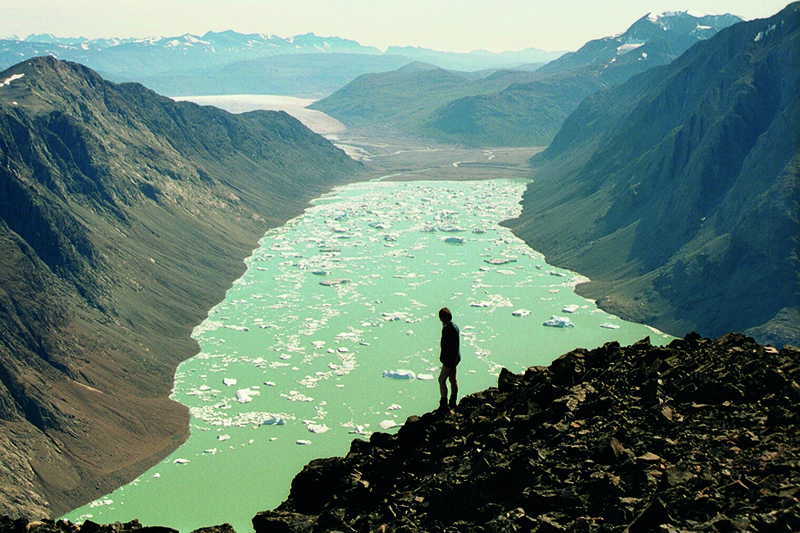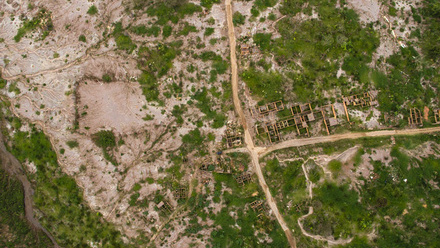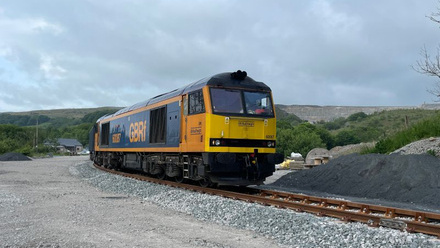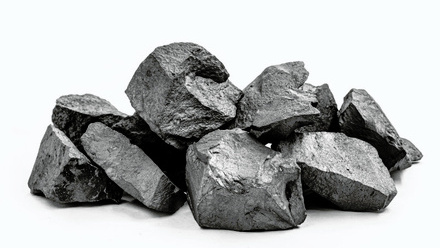3D model guides rare-earth element exploration
A multidisciplinary European team has created a 3D model for exploring rare-earth element (REE) deposits.

The 3D model targets alkaline igneous systems, which host many of the world’s deposits.
It was developed as part of HiTech AlkCarb, an EU Horizon 2020 project led by the University of Exeter, UK, with 30 participants across European geological surveys, companies and universities.
The model is based on maps, geophysical and geochemical data, and petrological observations from alkaline igneous systems worldwide. It is inspired by 2D models for porphyry copper deposits that have impacted global exploration.
First author Dr Charles Beard, at the University of Cambridge, UK, says, 'The aim was to make an easily digestible ‘exploration guidebook’ that reviews our current state of knowledge on alkaline-silicate REE-HFSE (high field strength element) systems, including mappable exploration indicators that could feasibly be used by a team of geologists with experience exploring for well-established commodities such as copper or gold.'
Beard says that published maps can be difficult for geologists who are unfamiliar with alkaline-silicate systems as there can be various names for similar rocks. They hope that this global perspective is also useful for alkaline rock specialists.
The team has sought to capture the following in their model: alkaline-silicate complexes; compositions such as nepheline syenites and granites; a range of emplacement depths; tectonic settings – like continental rift, post-collisional and intraplate (plume); and all major REE-HFSE deposits.
Locations visited during field workshops are emphasised in the model, as well as sites where members have worked. Special focus has been given to the Gardar Province in Greenland,
Kola Province in Russia, and the Damaraland Province Namibia.
Despite this emphasis, Beard believes the paper represents the variability of these systems globally.
The smallest complex included is the Nechalacho layered suite in Northwest Territories, Canada, which is about 2km across.
Although REE occur in most rocks, Beard says they are rarely at concentrations interesting enough for economic geologists. 'Alkaline silicate systems host some of the largest and best characterised deposits of REEs, but [these] are often hosted by mineral phases that are not yet processed at commercial scale.'
He says that metallurgical procedures for several REE minerals are at pilot stage, including eudialyte, steenstrupine and allanite.
Accordingly, most REE deposits mined are in carbonatites, genetically like alkaline-silicate systems but with simpler REE ore mineralogy.
'It is absolutely critical to assess the REE mineralogy at an early stage in exploration, as REE are usually dispersed across many phases which are not equally processable.'
He notes that geochemists and geophysicists have gained an appreciation for different techniques. 'One of the major success stories from this project was the effective integration of work from scientists with very different backgrounds.
'We hope that this work will kindle a greater interest in critical metals exploration for major and junior exploration companies and ultimately streamline exploration. Hopefully there will be new discoveries over the coming decade or two.'
He adds that the most interesting part was the age distribution diagram because of major pulses of REE mineralisation at specific times in Earth history, which do not necessarily correlate with increases in frequency of alkaline magmatism.
An idealised carbonatite model is in development.







